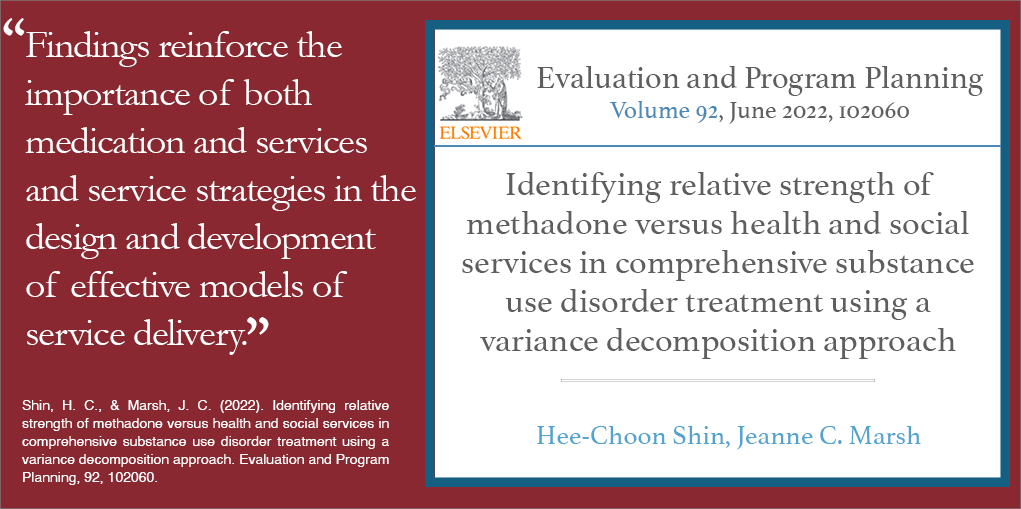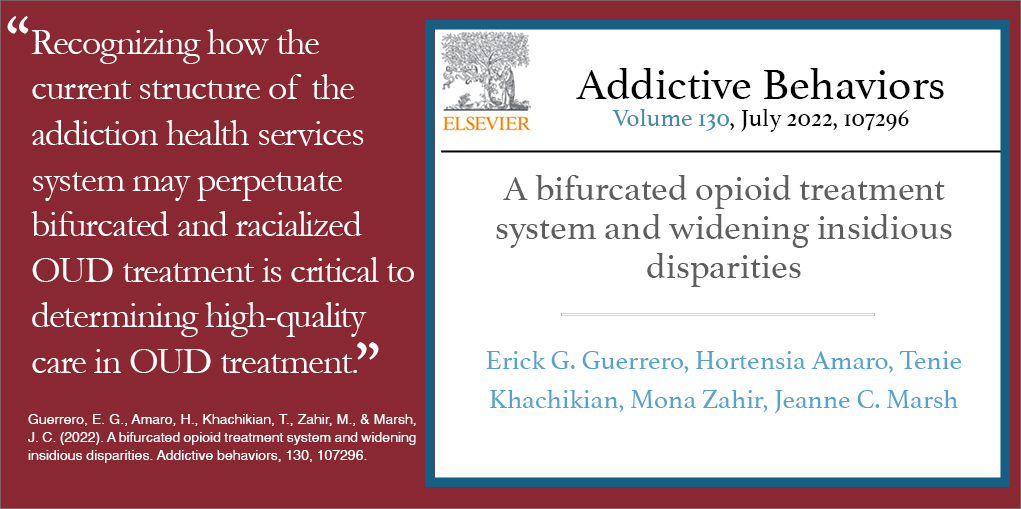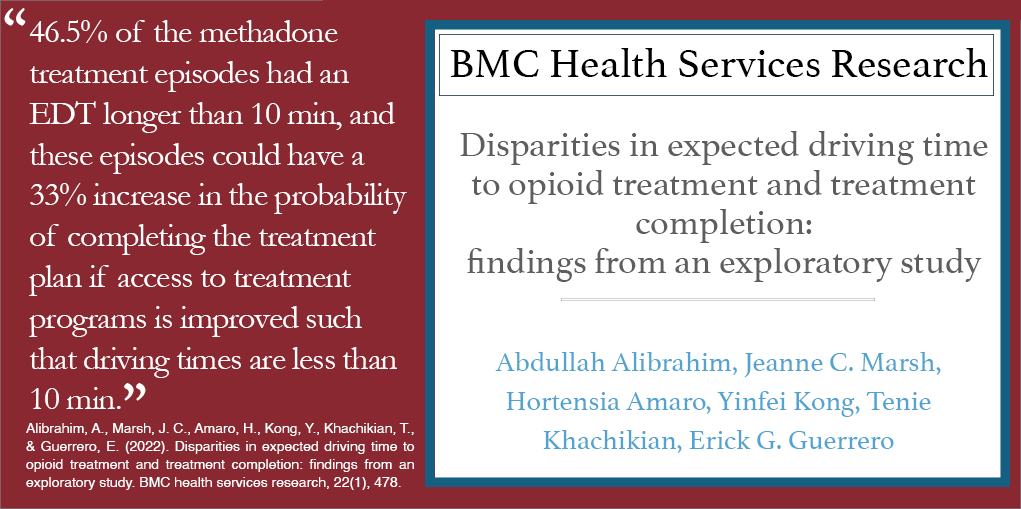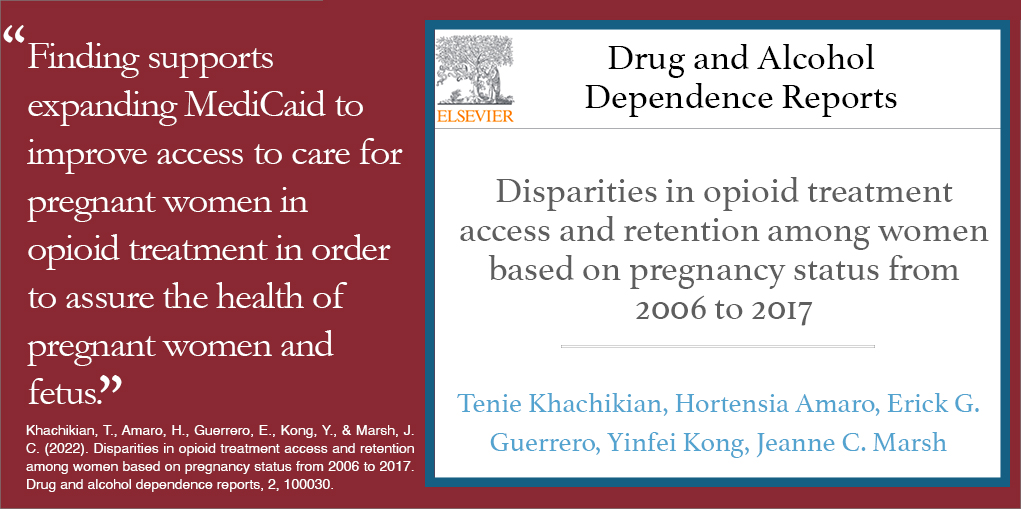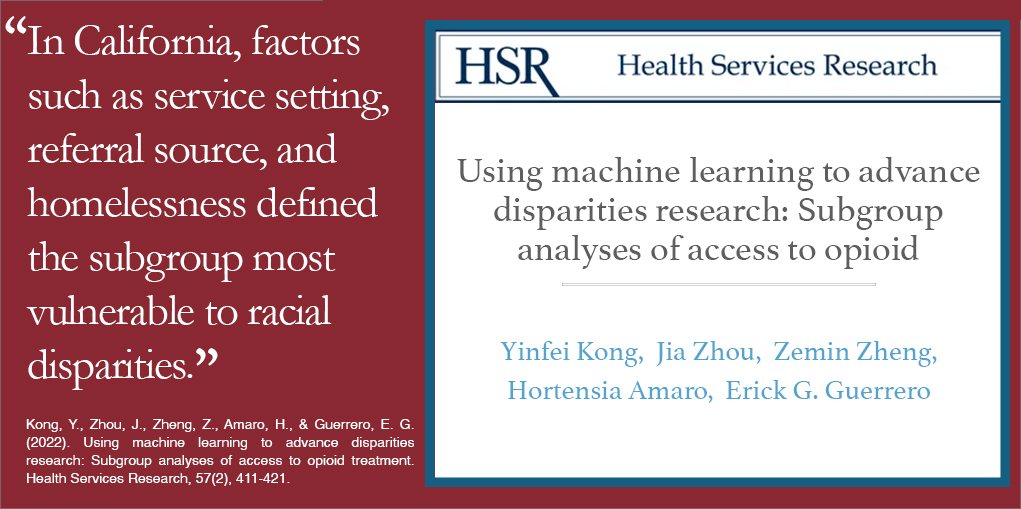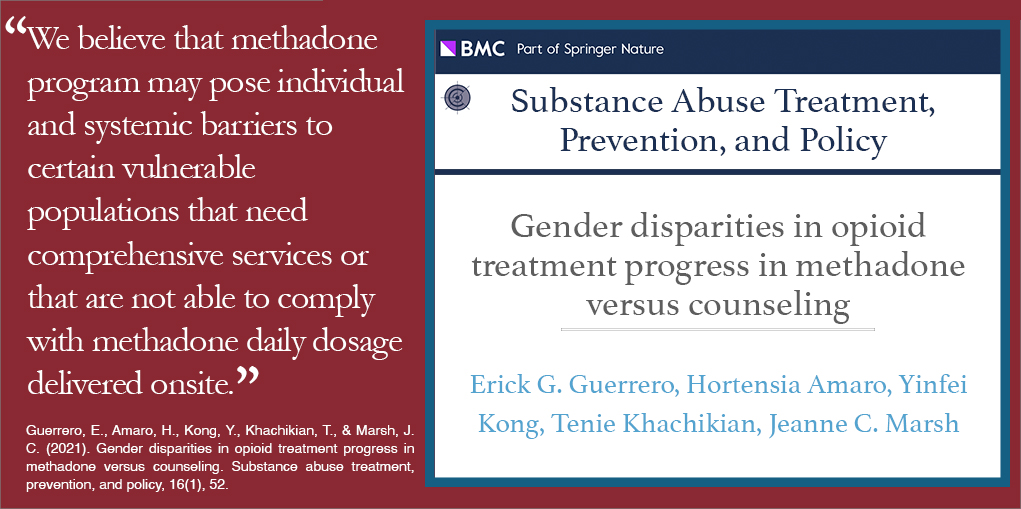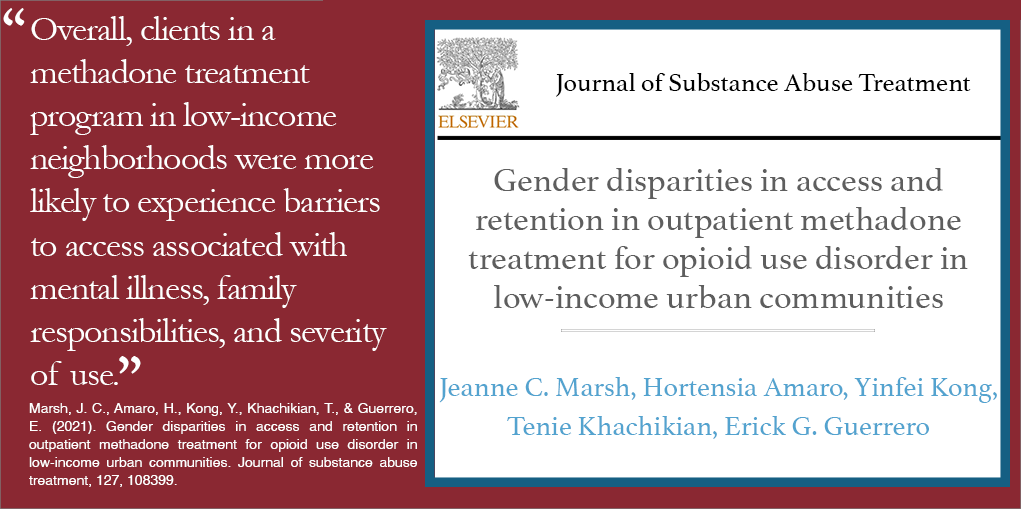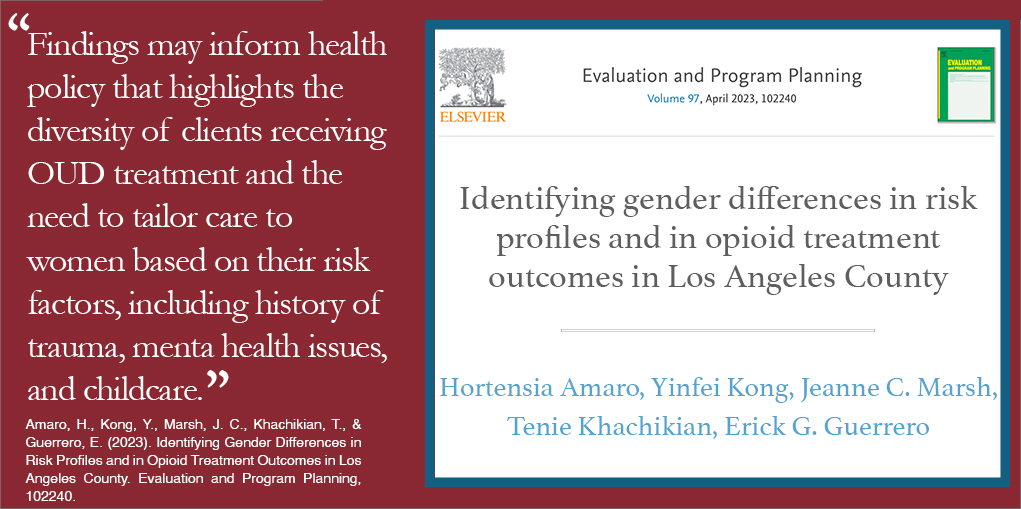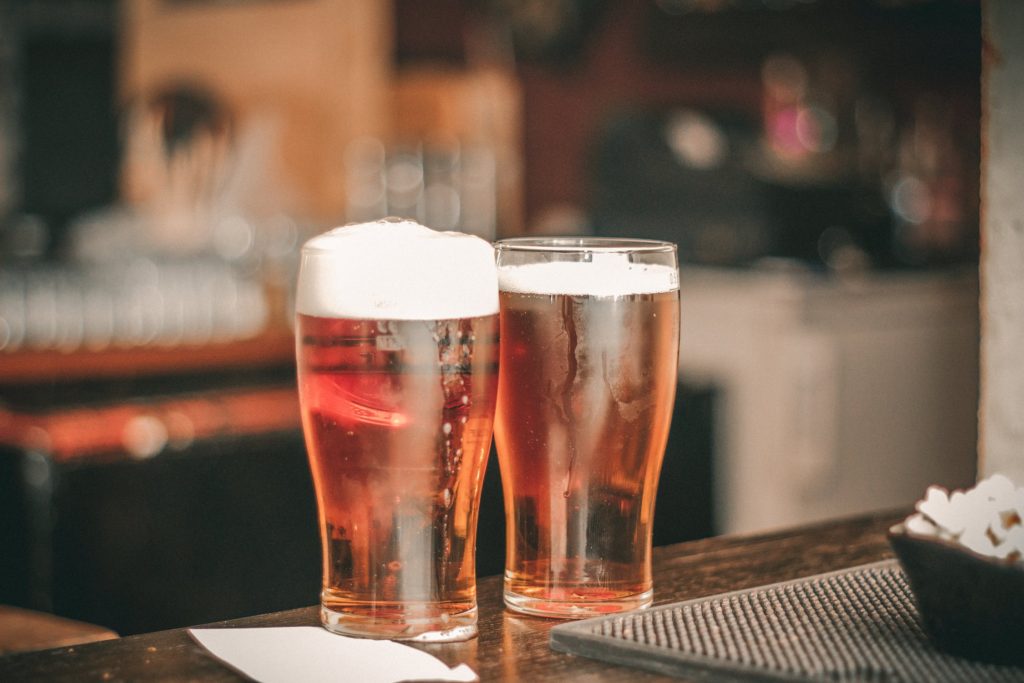Alcohol Use among Indigenous Older Adults in Mexico
In an effort to shed light on characteristics related to alcohol use among older adults in Mexico and within their indigenous cultures, Drs. Emma Aguila Vega, Erick Guerrero and their collaborators delved into the rates of alcohol consumption amongst primarily Mayan older adults in the Yucatán peninsula. The team’s study published in Substance Abuse Treatment, Prevention, and Policy explains that Mexico’s population of seniors aged 70 and older has experienced exponential growth and is predicted to “more than triple from 5 million to 17 million” people between 2014 and 2050. With this in mind, limited research has explored alcohol use among seniors from indigenous backgrounds.
In general, alcohol abuse among seniors is quite serious because increased exposure can lead to a myriad of issues including falls, social and psychological problems, memory loss, cognitive impairment, disabilities and non-communicable diseases. Studies suggest that indigenous groups are more prone to alcohol consumption than nonindigenous Mexican populations; research further suggests that alcohol is consumed daily and used for a variety of purposes amongst this group, including aiding children in relaxing or decreasing their hunger.
According to this study, older adults with indigenous backgrounds make up over 11 percent of Mexico’s population, but indigenous groups experience a much higher rate of poverty that is nearly twice the rate of nonindigenous populations in Mexico. Drs. Aguila and Guerrero and their team, in turn, hypothesized that the indigenous population’s socioeconomic status (SES) would be closely tied to increased alcohol use. Bearing this in mind, other studies have shown lower education associated with increased alcohol use for Mexican seniors. The research team also posited that gender would play a key role in alcohol use for older adults in Mexico, particularly considering the more traditional roles of indigenous women who tend to take on the rearing of children and housekeeping, are less educated, have little access to money or inheritances and are generally more subservient to men.
In this regional study, the research team explored alcohol use using a unique three-wave longitudinal dataset collected between 2008 and 2010. The survey was informed by the Mexican Health and Aging Survey and the equivalent of the U.S. Health and Retirement Survey. Participants (2,351 individuals aged 70 or older who are Mayan-speakers) were recruited from the towns of Valladolid and Motul in Yucatán, Mexico, which has a large percentage of indigenous households. Study participants were assessed based on varied details including their self-reported alcohol use, language (Spanish/Mayan/other), SES, gender, household monthly income, number of household residents, age and health indicators.
The team’s key findings in respect to older, low-income Mexican adults (aged 70+) indicated the following:
OLDER ADULTS
- 47 % of older adults reported consuming alcohol in their lifetime.
- 58 % of older adults were current alcohol users.
- Older adults reported consuming alcohol 1.15 days a week and 1.60 drinks per day.
- Persons 85 years old or older showed decreased odds of current alcohol use.
- Older adults who reported current tobacco use had higher odds of current alcohol use.
MEN
- 60 % of men reported consuming alcohol in their lifetime.
- 54 % of men were current alcohol users.
- Indigenous men were more apt to be current alcohol users in comparison to Spanish speakers and women.
- Men with higher SES were associated with an increased likelihood of current alcohol use in comparison with individuals with lower SES and women.
- Men were more likely to use alcohol more than two times per week.
WOMEN
- “36.75 % of women reported consuming alcohol in their lifetime.”
- “21.65 % of women were current alcohol users.”
MAYAN-SPEAKERS
- Mayan speakers were more apt to be current alcohol users in comparison to Spanish speakers and women.
- “Older adults who spoke Mayan had reduced odds of current use of alcohol compared with non-Mayan-speaking older adults.”
- 97 % of male, Mayan speakers reported consuming alcohol in their lifetime.
- 95 % of male, Mayan speakers were current alcohol users.
- 52 % of female, Mayan speakers reported consuming alcohol in their lifetime.
- 36 % of female, Mayan speakers were current alcohol users.
NON-MAYAN SPEAKERS
- 34 % of male, non-Mayan speakers reported consuming alcohol in their lifetime.
- 89 % of male, non-Mayan speakers were current alcohol users.
- 89 % female, non-Mayan speakers reported consuming alcohol in their lifetime.
- 37 % female, non- Mayan speakers were current alcohol users.




